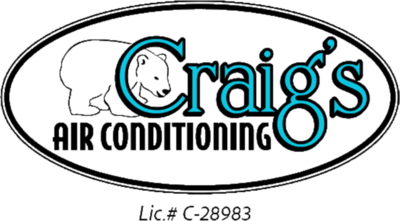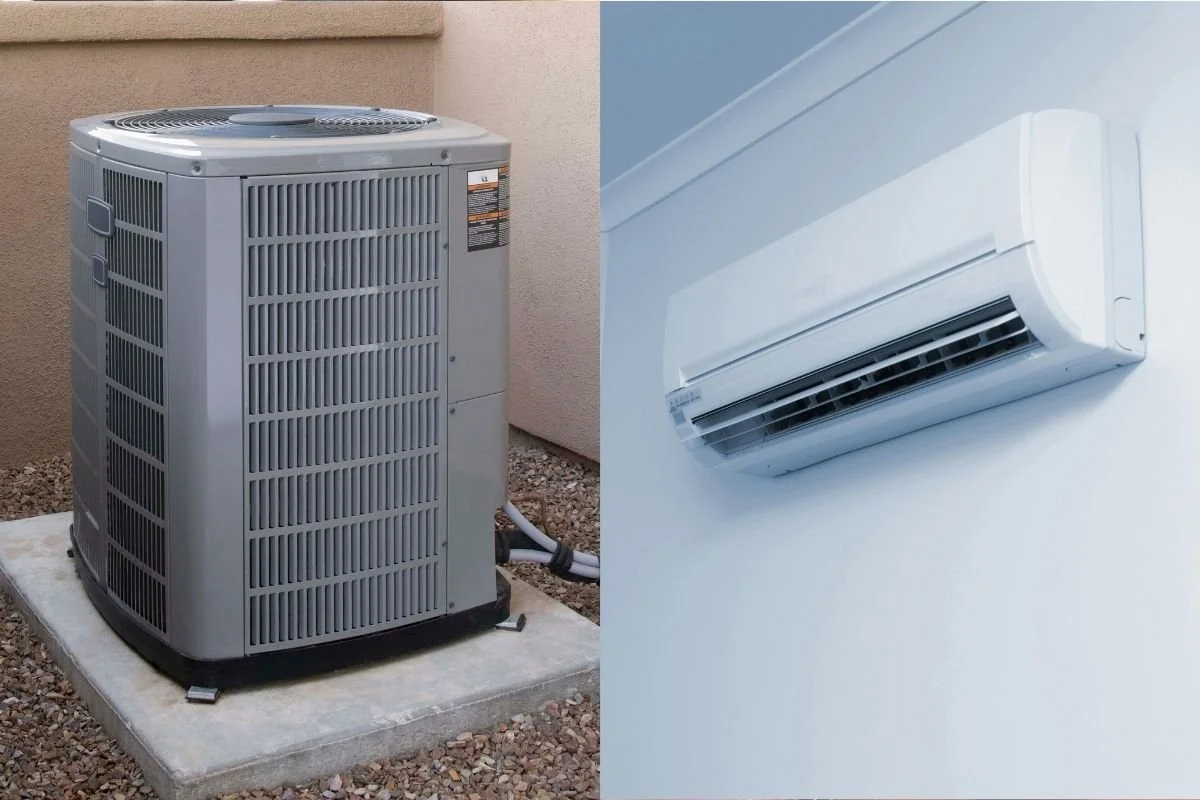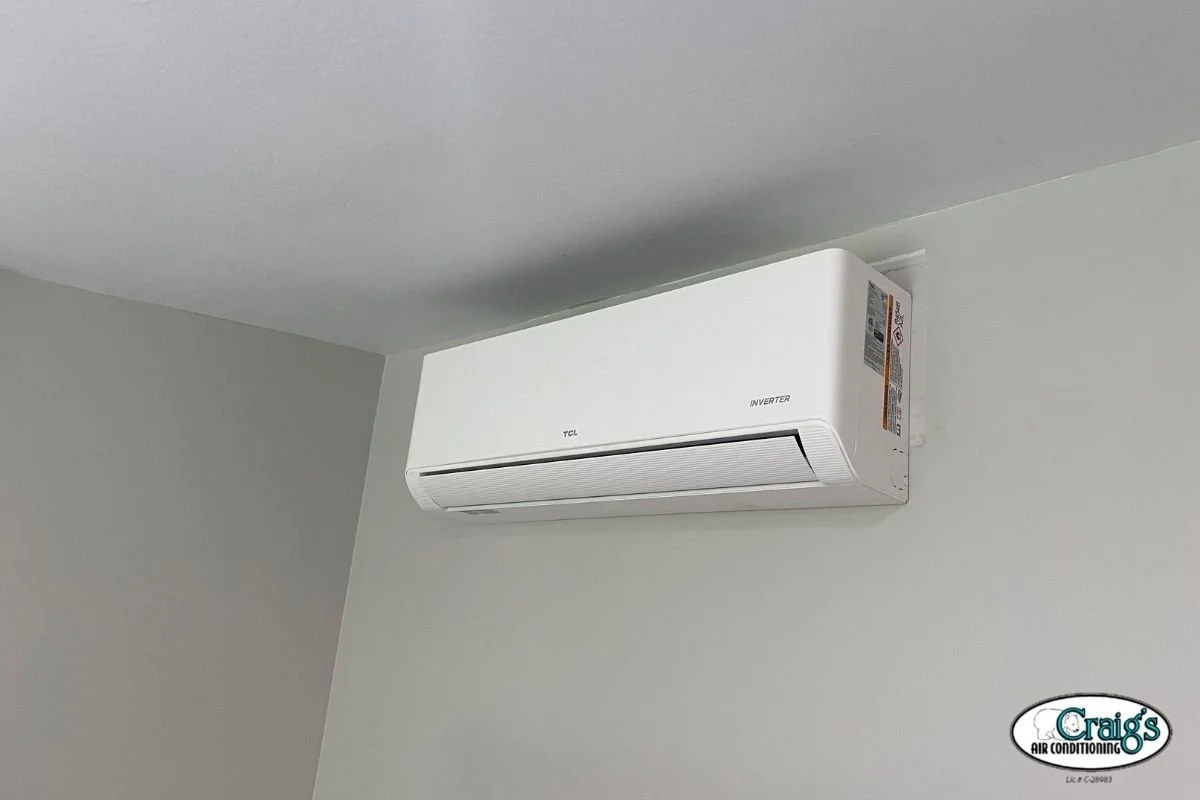Mini Split vs. Central Air in Hawaii | A Complete Cooling Guide
Hawaii is getting hotter, and the demand for cooling has never been greater. According to NWS Honolulu, July 2025 daily high temperatures in Honolulu reached 85–87°F, with average temperatures (~80–82°F) slightly above the long-term summer mean (~80°F). Even small increases like this drive higher AC use across the islands.
In 2020, about 88% of U.S. households used air conditioning, per the U.S. Energy Information Administration (EIA) Residential Energy Consumption Survey (RECS), reflecting a growing reliance on cooling as climates warm.
Mini splits, with their energy-saving inverter technology, can cut cooling costs by up to 30%, while central air systems provide consistent whole-home comfort. But which system is right for your home? This guide compares mini splits and central air on efficiency, installation, cost, and climate fit, so you can make the best choice.
Ductless Mini Splits
A ductless mini split system consists of an outdoor compressor and one or more indoor units.
These are connected by conduits that carry refrigerant tubing, power cables, and drainage. The ductless design makes installation easier and avoids the energy loss often seen in ducted systems.
With proper AC maintenance, a mini split unit can last 12–20+ years in Hawaii.
Benefits of Ductless Mini Splits
The biggest advantage of mini splits is zoning capability. Instead of cooling the whole home evenly, you only cool the rooms you actually use. This saves energy and gives homeowners better control over comfort — and in many cases, even increases home value.
They also excel in installation flexibility. Since no ductwork is required, mini splits can be installed in places where central systems would be impractical, like older homes, room additions, or properties without space for ducts.
Another benefit is efficiency. Mini splits with inverter technology adjust compressor speeds to match demand. This avoids the energy spikes caused by systems that constantly turn on and off, resulting in lower utility bills and longer equipment life. Studies suggest savings of up to 30% .
Noise is also reduced since the compressor sits outside, and the indoor units operate quietly — ideal for bedrooms and offices.
Energy-efficient (with inverter technology)
No ductwork required
Zoned heating and cooling
Quiet operation
Cons of Ductless Mini Splits
Despite their advantages, mini splits have drawbacks. The most obvious is aesthetics — indoor units are visible on the wall or ceiling, unlike the nearly invisible vents of central air.
Cost is another factor. Upfront equipment costs are higher, especially if you plan to install units in every room. Homeowners also need to clean filters on each indoor unit regularly, which can be a hassle compared to a single central filter.
Higher upfront cost
Visible indoor units
Regular filter cleaning required
Central Air Conditioning
Central air systems use a single indoor unit and a network of ducts to deliver cool air throughout the home. Air is treated at the central system, then pushed through ducts and out vents in each room, ensuring consistent coverage.
Benefits of Central Air
Central air remains the most common and familiar choice for many households. For homes with existing ductwork, installation is often straightforward and more affordable than installing multiple mini split units.
They also provide seamless, whole-home comfort. Instead of controlling temperature room by room, central systems deliver uniform cooling across the entire home.
Another key benefit is air quality. Because central systems circulate air through ducts with filters, they can trap dust, pollen, and allergens before air enters the living space, improving indoor air quality. For those worried about odors or damp ducts, see our guide on why your AC smells bad.
Finally, vents are unobtrusive and blend into ceilings, floors, or walls, making central systems more appealing for homeowners who don’t want visible equipment inside their rooms.
Uniform, whole-home comfort
Lower upfront equipment cost
Filters improve indoor air quality
Vents are discreet and blend into design
Cons of Central Air
However, central systems come with challenges. Ductwork can leak, develop mold, or accumulate dust, which reduces efficiency and may worsen indoor air quality. Maintaining and cleaning ducts can be costly and time-consuming — another reason regular AC tune-ups are worth it.
Central systems also lack the advanced inverter technology found in mini splits. They operate in an “on/off” cycle, which creates temperature fluctuations and wastes energy. This makes them less efficient overall, especially in Hawaii’s climate where AC often runs year-round.
Utility bills are typically higher with central air due to duct losses and less efficient operation.
Higher utility bills from duct losses
Requires duct cleaning and maintenance
No zoned or temperature-specific control
Mini Split vs. Central Air: Side-by-Side Comparison
| Feature | Ductless Mini Splits | Central Air Conditioning |
|---|---|---|
| Installation | No ductwork required; faster setup; flexible placement | Requires ducts; simpler if existing ductwork is in place |
| Efficiency | Inverter technology; zoned control; no duct losses | On/off cycling; potential duct leaks reduce efficiency |
| Comfort | Room-by-room (zoned) temperature control; quiet indoors | Uniform whole-home cooling; discreet ceiling/floor vents |
| Air Quality & Humidity | Filters at each indoor unit; strong humidity options (e.g., “Dry Mode”) | Central filter improves air quality; ducts can collect dust/mold |
| Upfront Cost | Higher equipment cost (multiple indoor units for whole-home) | Lower equipment cost if ducts already exist |
| Operating Cost | Lower long-term due to inverter efficiency and zoning | Higher long-term from duct losses and cycling |
| Maintenance | Clean filters at each head; typical lifespan ~12–20+ years | Duct cleaning/sealing needed; typical lifespan ~10–20 years |
| Best Fit | Homes without ducts; additions; targeted room control | Homes with existing ductwork; large, open floor plans |
Hawaii Climate & Seasonal Needs
Hawaii enjoys warm weather year-round, but seasonal shifts still influence cooling needs. The islands have two main seasons — summer (May–October) and winter (November–April) — and even a dip into the low 70s can feel chilly when you’re used to tropical heat.
Humidity in Cooler Areas
While most central systems and mini splits aren’t dedicated dehumidifiers, mini split AC systems are better at managing moisture while cooling. Central systems often struggle in humid conditions, but mini splits can maintain comfort more effectively.
Mini splits go further with features like:
Variable Speed – Inverter compressors adjust output to maintain steady temperature and humidity.
Continuous Operation – Running longer at lower speeds improves moisture removal.
Dry Mode – Many units include a setting that acts like a dehumidifier, pulling excess moisture without heavy cooling.
Heating Needs in Hawaii
While full heating systems aren’t usually necessary, homes in valleys or higher elevations can benefit from supplemental warmth. Mini splits with heat pumps provide efficient, light heating on cooler nights — without requiring a separate heating system.
Which System Is Right for Your Home?
The decision depends on your home’s setup and priorities:
Home infrastructure: Mini splits are ideal for ductless homes or room additions. Central air is best if ductwork already exists.
Energy habits: Mini splits provide zoned control for efficiency; central systems work well for even, whole-home coverage.
Budget: Mini splits cost more upfront but save over time; central systems are cheaper initially but may cost more to maintain and run.
Not sure what to choose? Take a look at our guide on 12 things to consider before installing a new AC system.
Both systems have their place in Hawaii homes — mini splits for adaptability and efficiency, central air for large spaces with ducts already in place.
Install a New Central or Mini Split with Craig’s
If you’re in Oʻahu or the Big Island, Craig’s Air Conditioning can help you decide which option fits your home best. We’ll assess your space, discuss your needs, and recommend the most efficient solution for year-round comfort.
Call us at (808) 682-0970 for a free estimate on a new central AC or mini split system — or visit us online to schedule your consultation.




